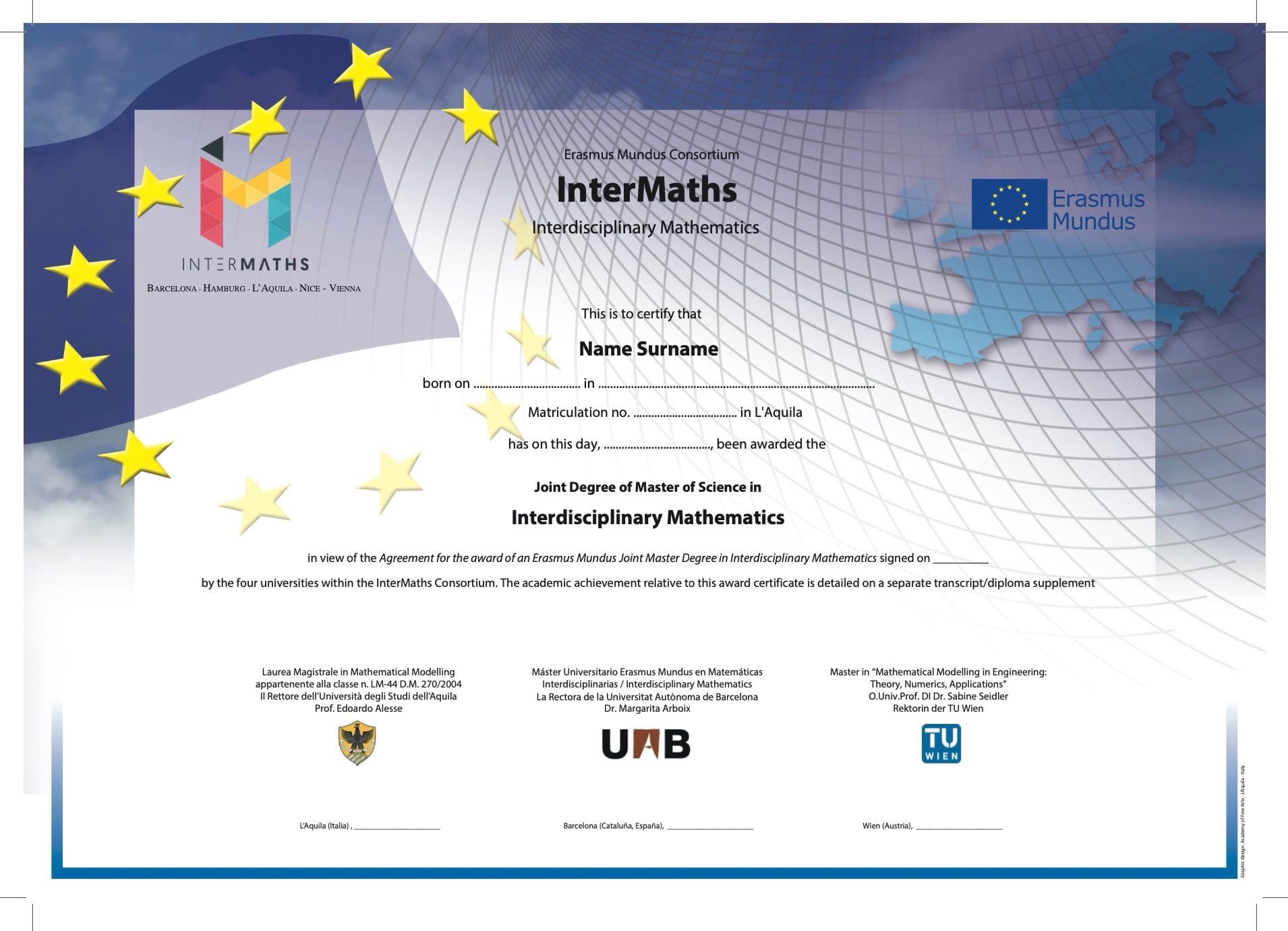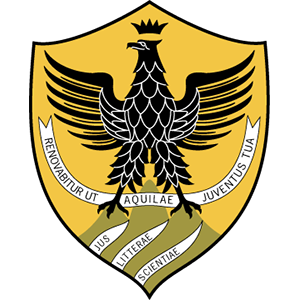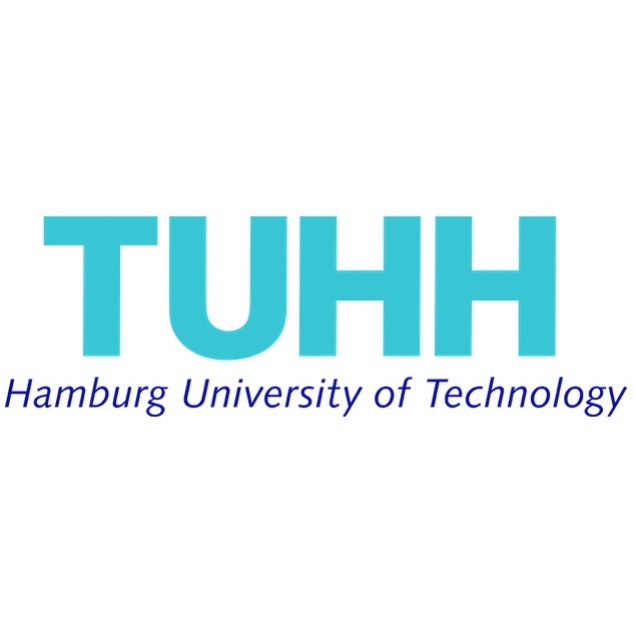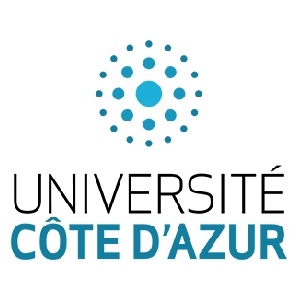
Year 2 in L'Aquila
Modelling and Simulation of Infectious Diseases
#ABOUT
Year 2 in L'Aquila;
Modelling and Simulation of Infectious Diseases
The course Advanced Analysis, taught by Prof. Lattanzio, provides advanced mathematical modelling techniques that are needed in other course of the same specialization, in particular in the field of partial differential equations of nonlocal transport and diffusive type. These models are then specifically tackled in the course “Mathematical models and control of infectious diseases”, taught by staff members of the group of Mathematical Analysis at the University of L’Aquila. The course “Modelling and control of networked distributed systems”, taught by Prof. Giordano Pola, an engineer, will provide a wide range of methodologies in multi-agent modelling and network modelling that are used to predict the spread of epidemics. The course “Time Series and Prediction”, taught by a statistician, Prof. Umberto Triacca, deals with statistical methods, stationary processes, ARIMA type models. The course also provides skills to adapt these methods to predictive models in epidemics. Finally, a course taught by scientists from the Department of Biotechnological and Applied Clinical Sciences will deal with medical methodologies to deal with epidemic diseases.
September 2026
🎓 Graduation
#Year 2 in L'Aquila EMJMD InterMaths Study Track
Modelling and Simulation of Infectious Diseases;
ECTS Credits: 6 | Semester: 1 | Year: 2 | Campus: University of L'Aquila | Language: English
Unit Coordinator: Corrado Lattanzio
Aims:
Knowledge of mathematical methods that are widely used by researchers in the area of Applied Mathematics, as Sobolev Spaces, distributions. Application of this knowledge to a variety of topics, including the basic equations of mathematical physics and some current research topics about linear and nonlinear partial differential equations.
Content:
First order nonlinear hyperbolic equations. Scalar conservation laws: derivation, examples. Weak solutions, Rankine-Hugoniot conditions, entropy conditions. L1 stability, uniqueness and comparison for weak entropy solutions. Convergence of the vanishing viscosity and existence of the weak, entropy solution. Riemann problem.
Pre-requisites:
Basic notions of functional analysis, functions of complex values, standard properties of classical solutions of semilinear first order equations, heat equation, wave equation, Laplace and Poisson's equations.
Reading list:
H. Brezis, Functional Analysis, Sobolev Spaces and Partial Differential Equations. Universi- text, Springer.;
C.M. Dafermos, Hyperbolic Conservation Laws in Continuum Physics, Springer.;
L.C. Evans, Partial Differential Equations. Graduate Studies in Mathematics, Vol. 19, AMS.;
G. Gilardi, Analisi 3. McGraw–Hill.;
V.S. Vladimirov, Equations of Mathematical Physics. Marcel Dekker, Inc.
ECTS Credits: 6 | Semester: 1 | Year: 2 | Campus: University of L'Aquila | Language: English
Unit Coordinator: Giordano Pola
Aims:
The aim of this course is to provide students with basics about modeling, analysis and control of networked and multi-agent systems through consensus techniques.
Content:
Reading list:
Graph Theoretic Methods in Multiagent Networks, Princeton University Press, Mehran Mesbahi & Magnus Egerstedt, 2010
#Final Semester Dissertation;
The thesis topic can be proposed by the track coordinator or by the student. In any case, the local coordinator has the responsibility to provide an advisor. The student’s taste and expectations are met whenever possible. The student must write a short thesis project, with the help of her/his advisor, to be submitted to the Executive Committee, which has to approve the thesis project before its formal start. The thesis topic will preferably deal with a problem proposed by a private company, if possible chosen among the Consortium Industrial Partners.
The final master’s degree examination, while respecting the local regulations, will consist as a general rule in two parts: an oral examination on the topic of the thesis, and the defense of the thesis.
In this examination the candidate will be required to demonstrate good knowledge of his/her specialization track and a capability for working independently and solving problems on experimental, numerical, technological, design or modelling applications. The semester may include an internship within a collaborating company or institution. In this case, a tutor from the involved partner and an academic supervisor will be appointed.
Students who have satisfied all the requirements of the degree programme will be awarded a Joint Master Degree in Interdisciplinary Mathematics by the Universities where the student has spent at least one semester.








